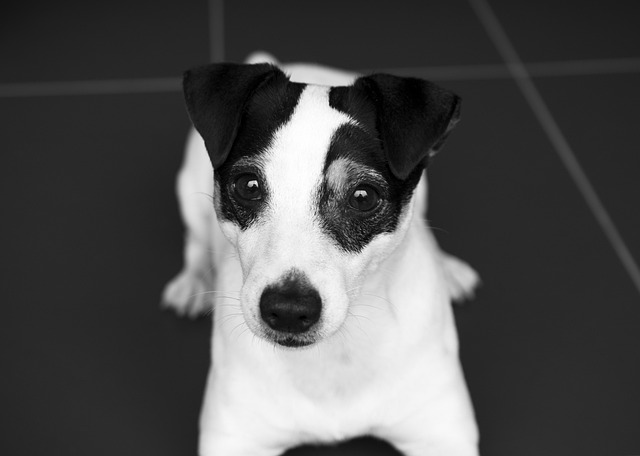
How do i train my dog to be obedient?
Watching your dog dart across the park ignoring your calls isn’t just frustrating—it can put them at risk near busy streets or public spaces.
Many new dog owners have been there: grabbing your keys, and suddenly your pup is whining at your feet, paws clawing the door as if you’re leaving forever. That guilty ache—wondering if they’ll destroy the couch or bark nonstop while you’re gone—makes even quick errands feel stressful. Learning to teach your dog to stay alone isn’t just about convenience; it’s about helping them feel secure when you’re not around.
Dogs aren’t being “bad” when they struggle with alone time—they’re reacting to fear. Separation anxiety, that knot in their stomach when you walk out, stems from a simple truth: dogs are pack animals, and being left behind can feel like danger. Punishing them for chewing shoes or howling? It only makes that fear worse. Positive reinforcement, though, builds confidence. Think of it like teaching a kid to sleep alone—patience beats scolding.
Start small, like a game of “see you in a sec.” Grab your jacket, step into the next room, and wait 2 minutes. If your dog stays calm, walk back in, toss them a treat, and act like no big deal. No excited “I missed you!”—that can rev them up. Gradually stretch the time: 5 minutes, then 10, then 30. Use a stuffed to keep their brain busy. This isn’t about tricking them; it’s showing that “gone” always turns into “back, with snacks.”
 Create a cozy safe zone. A quiet corner with their bed, a favorite blanket, and a soft toy can become their “happy place.” In apartments, pick a spot away from street noise or neighbor walls—less chance of barking fits. If you use a crate, make it inviting. Leave the door open so they can explore it on their own; soon, they’ll curl up there even when you’re home.
Create a cozy safe zone. A quiet corner with their bed, a favorite blanket, and a soft toy can become their “happy place.” In apartments, pick a spot away from street noise or neighbor walls—less chance of barking fits. If you use a crate, make it inviting. Leave the door open so they can explore it on their own; soon, they’ll curl up there even when you’re home.
Keep goodbyes and hellos low-key. No long hugs or dramatic waves—those can make your dog think departures are a big deal. When you return, wait until they’re sitting quietly before giving attention. Leave an old T-shirt with your scent on their bed; familiar smells are like a warm hug when you’re gone.
Remember the rules, too. In most places, up-to-date vaccines aren’t just smart—they’re the law, especially if your dog interacts with others. Always clean up after them on walks; it’s basic neighborly respect. And never hit or yell—positive training isn’t just kinder, it’s more effective. Dogs learn trust when good behavior gets rewards, not when fear takes over.
Teaching your dog to stay alone takes time. A puppy might need weeks; an older rescue, a bit longer. But the payoff? Coming home to a relaxed pup who napped instead of panicking. It’s not just about them—it’s about you, too, finally able to run errands without checking the camera every 5 minutes. That’s the peace every dog and owner deserves.

Watching your dog dart across the park ignoring your calls isn’t just frustrating—it can put them at risk near busy streets or public spaces.

New puppy owners often find themselves rushing to clean up accidents before they set in, and that’s where puppy pad training becomes a game-changer.

If you've noticed your dog's waistline disappearing and your veterinarian has mentioned those few extra pounds, your first instinct might be to simply reduce the amount of food in their bowl.

Training a dog to use a designated spot indoors isn’t as daunting as many new owners fear, but it does take consistency and an understanding of your pet’s needs.

That moment of dread on a walk is all too familiar for many new dog owners. You see another dog approaching down the sidewalk of your neighborhood

If the sight of another dog on your neighborhood walk makes your heart sink as your own dog erupts into a frenzy of barking and lunging, you're not alone.